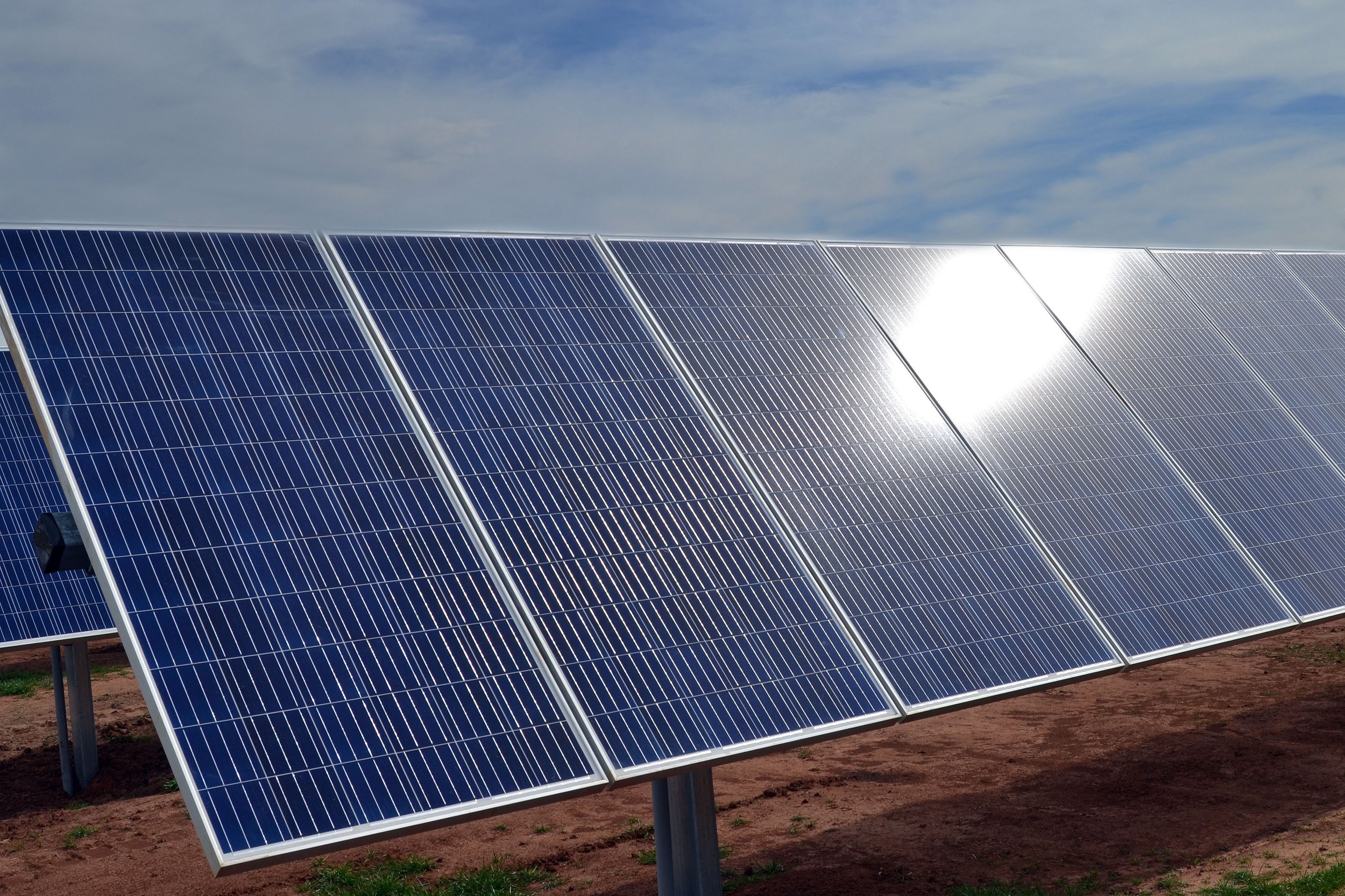Steps to follow before and after committing to a project
Before:
1. Contact your electric cooperative before committing to a project. We have people that can help assess the project and determine if it will be economical long term.
2. Review the Distributed Generation Manual and Interconnection Agreement at the link below. The manual explains what is required to interconnect and the metering.
After:
3. If you have executed a contract for a solar project, complete the Interconnection Agreement, provide the supporting documents, and send to brianc@ckenergy.coop
4. Ensure that solar installers acquire a Production Meter Base and install it properly for the CKenergy Production Meter.
5. Notify CKenergy when near completion of project so that we can install the CKenergy Net Meter for billing purposes and inspect the connectivity of the project.
Proper Wiring for Production Meter Base
Net Metering
Net metering allows an electric meter to turn – or, if digital, count – backwards when an on-site generator produces more energy than is being used. For example, if a DG system produces 1,000 kWh and a residence uses 1,800 kWh, in a given month, the meter will only show 800 kWh used. Therefore, the bill will display the 1,800 kWh consumed less the 1,000 kWh produced for a net of 800 kWh. If the DG system produced the full usage of 1800 kWh, CKenergy will bill only the facility charges. In short, Net Metering means CKenergy essentially buys back power at the retail rate, Energy Charge and PCA, as long as the DG system doesn’t produce more power than is used during the billing period.
CKenergy Meter Requirements for grid connected PV systems.
Two meters are required:
1) Net Meter (Primary Cooperative Revenue Meter for the Service) –
records the net of: kWhs delivered from the Cooperative and consumed by the
member, and unconsumed kWhs received from the Member by the Cooperative.
2) Production Meter records total production of all kWhs of member owned distributive generation.
The DG installer needs to connect the incoming solar to the terminals in the top side of the production meter base and the load side to the bottom terminals in the production meter base.
a) The Cooperative shall specify, all metering equipment required in Items 1 & 2.
DG installers must purchase production meter base and
shall be responsible for mounting and wiring meter base.
b) Facilities ≤ 300 kW will be net metered by installing a meter which measures
the flow of energy in each direction.
c) The Member is responsible for the cost of the DG production meter. The cost
of the meter is the application fee for the installation. . The application fee is
due upon approval of the Interconnection Agreement and prior to installation
of the net metering equipment.
National Renewable Energy Laboratory
PVWatts Calculator
Estimates the energy production and cost of energy of grid-connected PV systems.
Which Is More Important? Angle or Orientation?
Because of all the nuances and various factors involved with determining the proper angle of your solar panels, you might think that it is the most important factor come installation. However, the opposite is true. When it comes to solar panels, determining the correct orientation is the most important variable. Improper orientation will mean that your panels won’t get enough exposure time to the sun, reducing your electricity output drastically. The wrong angle on the correct orientation will produce more energy than the correct angle on the wrong orientation. Homes that have solar panels facing directly east or west will produce around 20% less energy. The proper solar panel orientation for homes located north of the equator is facing true south. Both the angle and the orientation is critical for best meeting your needs. The best roof angle for solar panels has less of an impact on all of this productivity than the direction (orientation) in which your solar energy system faces.


